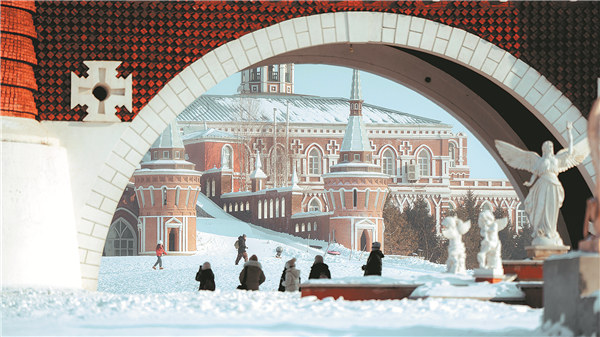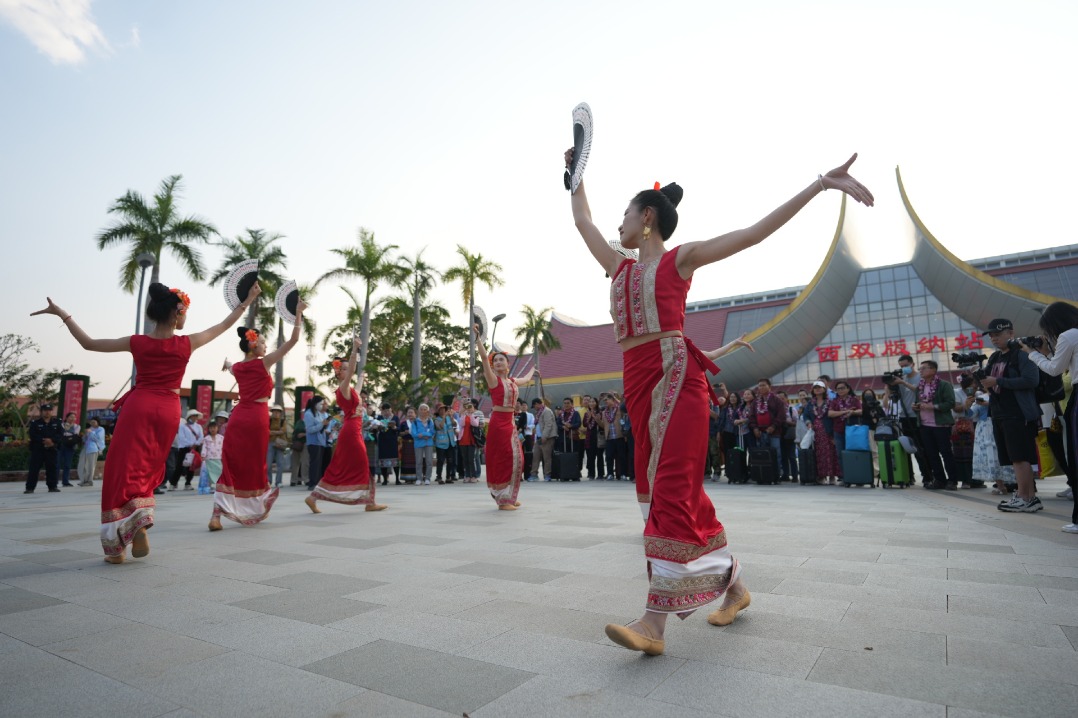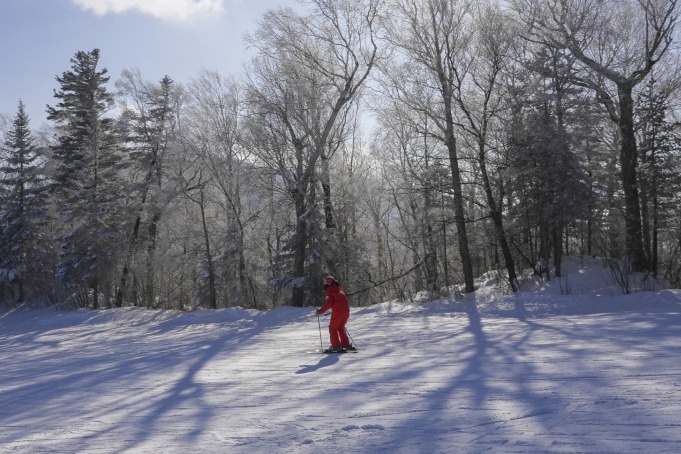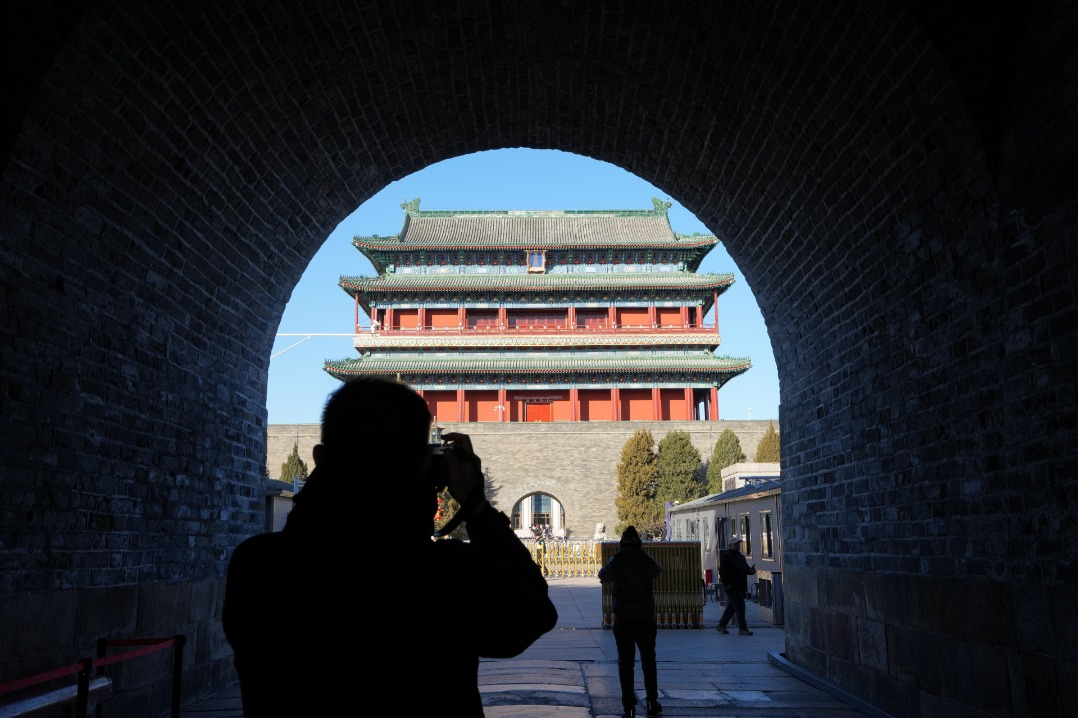Walking in a winter wonderland


As winter draws in, there are many across the country who flock to the south of China with its warmer climate and pristine beaches. However, there are those more daring with their travel plans who head north looking for snowy adventures in the icy climates of Northeast China. In particular, an increasing number of tourists have been drawn to the frosty delights of Harbin, known as the Ice City.
Harbin, whose name is said to originate from a Manchu word that means "a place for drying fishing nets", sprung up from a small rural settlement along the Songhua River to become one of the largest cities in Northeast China and capital of Heilongjiang province.

The city flourished with the arrival of the Chinese Eastern Railway, which connected it to the outside world and in particular the Russian Empire. This paved the way for Harbin's future development of its unique culture where East meets West.
The city has evolved from being known as the fashion capital of China in the 1920s and is now famed for its ice and snow festivals that have become renowned across the globe. These attract thousands of visitors, with sculptors traveling from all corners of the world to showcase their talents and a variety of winter-themed activities and sports.
Though these festivals may be the highlight of any trip to Harbin, the city still has much more to offer, from its traditional European-style architecture to its more modern buildings, such as the Harbin Grand Theatre and arguably the city's most famous landmark, the Saint Sophia Cathedral, built in 1907. The unique cuisine, including Harbin-style smoky-savory red sausage, guo bao rou, or sweet-and-sour pork and kvass, a fermented cereal-based drink, can all be sampled along Zhongyang Street with its baroque and Byzantine facades.
Yet it is a park outside the city that offers perhaps the most unique experience. Volga Manor, situated outside the suburbs of Harbin, is a 600,000-square-meter homage to the city's Russian influences, with 30 buildings and a replica ship constructed on the site since 2007. Named after the Volga River in Russia, the park aims to reproduce the historical role that Russian architecture and culture have played in Harbin by re-creating classic buildings, art and cuisine that sit alongside more modern attractions, such as sledging and snowmobile rides. The pinnacle of the park is undoubtedly a replica of St. Nicholas Cathedral, a building that sat in the center of Harbin before it was destroyed in 1966.
While winter may be the prime time to visit Harbin, the city has plenty to offer all year round and its individual charms make it a must-see spot no matter the weather.
- Mutual love: Heart-warming interactions boost exchanges
- International snow sculpture competition enters 3rd day in Harbin
- Russian culture-themed park attracts visitors in Harbin
- Harbin extravaganza boosts China's ice-and-snow economy
- China's 'ice city' Harbin sees tourism boom during New Year holiday

































